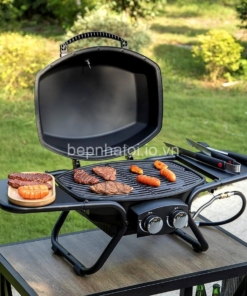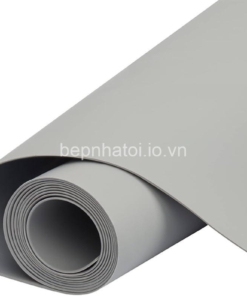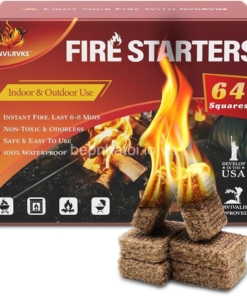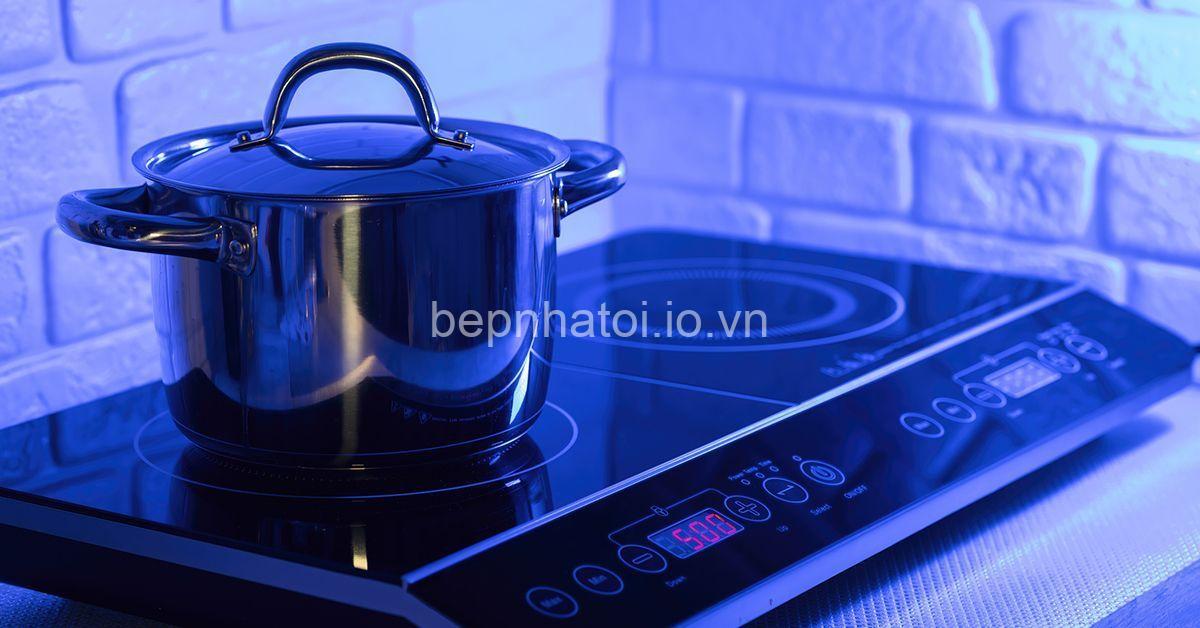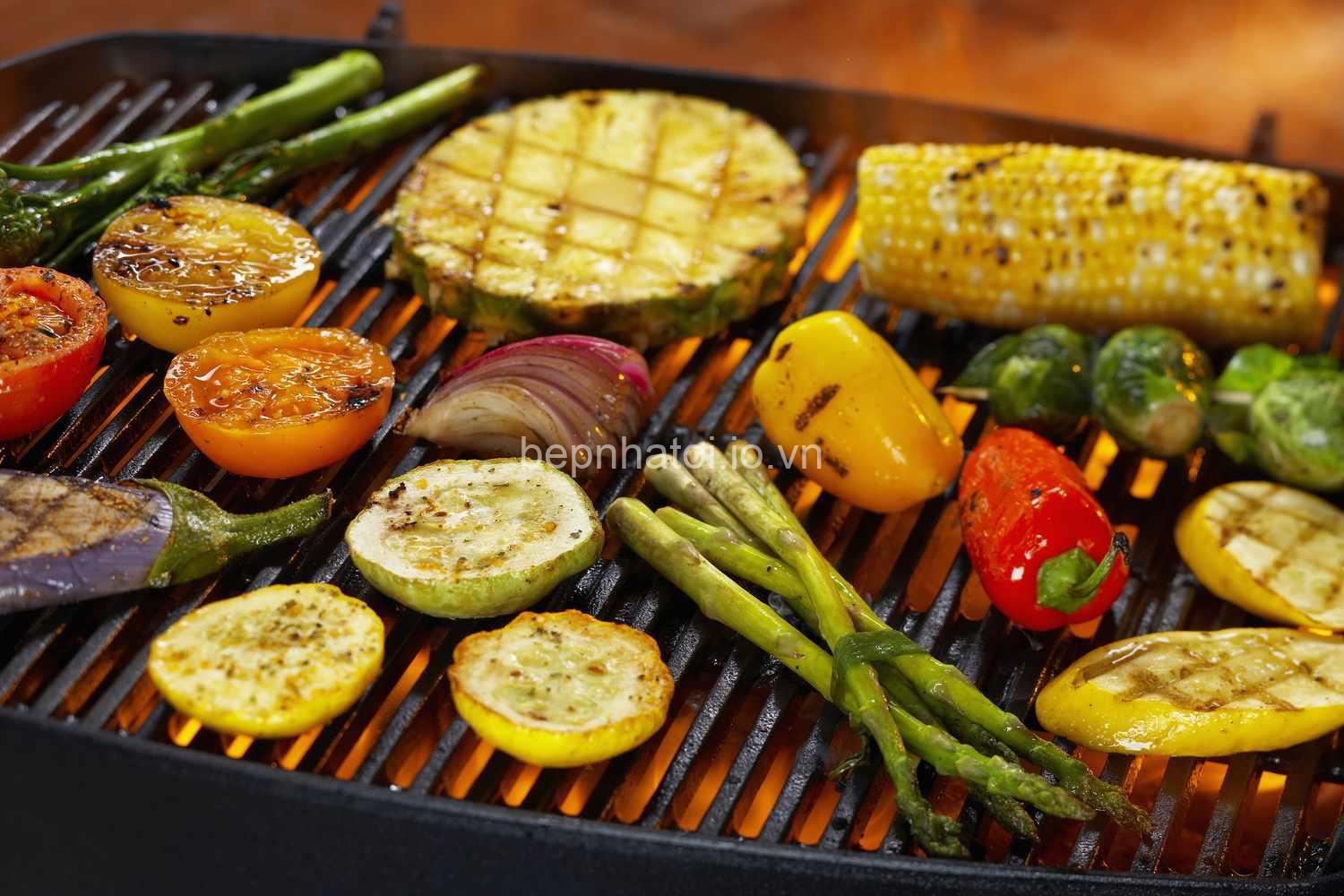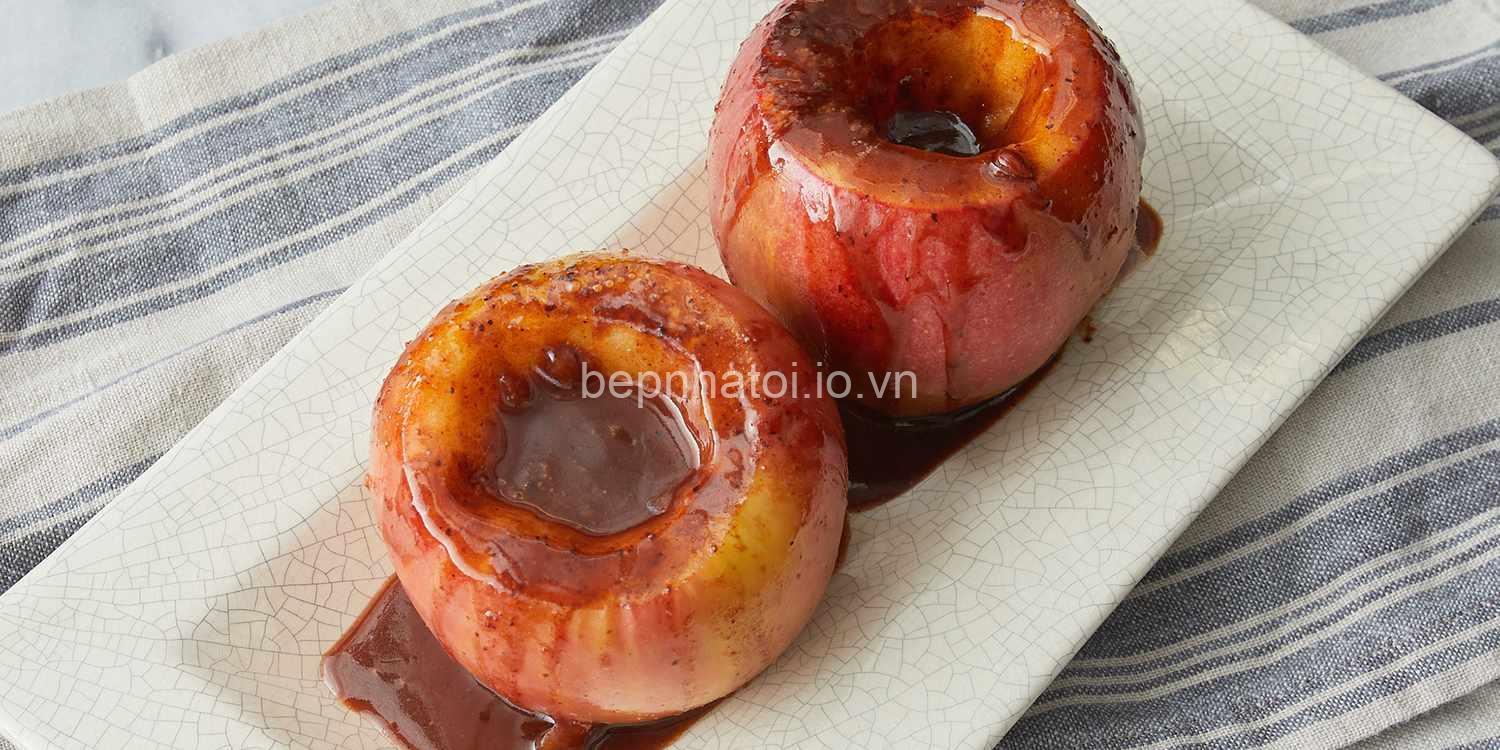Description
Understanding Offset Smokers: A Comprehensive Guide
Offset smokers are a popular choice for barbecue enthusiasts due to their ability to produce authentic smoky flavors through slow, indirect cooking. But how do they work? Let’s dive into the anatomy of an offset smoker and understand its unique features.
An offset smoker consists of two main parts: the firebox and the cooking chamber. The firebox is where you build your fire, typically using charcoal and wood, to generate heat and smoke. The cooking chamber sits adjacent to the firebox, allowing smoke to flow through it, slowly cooking the food inside. The clever design ensures that food isn’t directly exposed to flames, leading to that coveted, slow-cooked, smoky goodness.
The offset smoker’s unique design also allows for precise temperature control and smoke management. By adjusting the vents on the firebox and cooking chamber, you can regulate the flow of heat and smoke, creating the perfect environment for different types of food and flavor profiles.
The history of offset smokers dates back centuries, with early versions using brick pits or simple metal designs. Over time, offset smokers have evolved, incorporating innovations like adjustable cooking grates, water pans, and temperature gauges, further enhancing their versatility and ease of use.
Types of Offset Smokers: Choosing the Right One for You
Now that we understand the basics of offset smokers, let’s explore the various types available to suit your needs. Offset smokers come in different sizes, materials, and features, making it important to choose one that aligns with your cooking style and preferences.
Material Options:
- Steel offset smokers are durable, affordable, and easy to maintain. They offer excellent heat distribution and are widely available, making them a popular choice for beginner smokers.
- Cast Iron offset smokers are known for their exceptional heat retention and longevity. They are typically more expensive but offer a rustic charm and exceptional cooking performance.
- Ceramic offset smokers are renowned for their even heat distribution and insulation. These high-end smokers often boast superior temperature control and excellent smoke management capabilities.
Size Considerations:
- Small offset smokers are perfect for individual cooks or smaller gatherings. They are compact and easy to manage, making them ideal for backyard barbecuing.
- Medium offset smokers are suitable for families or moderate-sized gatherings. They offer a good balance of capacity and portability, making them versatile for different occasions.
- Large offset smokers are ideal for large parties, catering, or those who enjoy smoking large quantities of food. They are powerful and capable of handling multiple racks of ribs or a whole brisket with ease.
Features to Consider:
- Adjustable cooking grates allow you to adjust the cooking height and distance from the heat source, enabling you to cook different types of food effectively.
- A built-in water pan adds moisture to the cooking chamber, helping to prevent food from drying out and creating a more humid environment for better smoke absorption.
- Temperature gauges are essential for monitoring and controlling the cooking temperature, ensuring consistent results and preventing overcooking.
- Optional accessories like smoke deflectors, heat shields, and rotisserie kits can further enhance your offset smoker’s capabilities and versatility.
Mastering Offset Smoking: Tips and Techniques
Choosing the right offset smoker is just the first step. Next, we’ll explore essential tips and techniques to master the art of offset smoking.
Preparing the Smoker:
- Start by lighting the fire in the firebox, using charcoal and wood to generate heat and smoke.
- Control the temperature by adjusting the vents on the firebox and cooking chamber.
- Add wood chips to the firebox to infuse the smoke with different flavors, depending on the wood type.
- Maintain a consistent temperature throughout the cooking process for optimal results.
Choosing the Right Wood:
Different types of wood impart unique flavors to smoked food. Here are a few popular options:
- Hickory offers a bold, smoky flavor that complements pork and ribs.
- Oak imparts a slightly sweet and smoky taste, excellent for beef and poultry.
- Pecan provides a nutty and slightly sweet flavor, ideal for chicken and fish.
- Mesquite delivers a strong, smoky flavor with a touch of sweetness, perfect for beef and lamb.
Monitoring and Maintaining Temperature:
Using a reliable thermometer is essential for monitoring the cooking temperature accurately. Maintain a steady temperature range, typically between 225°F and 275°F for optimal results.
Adjust the fire and vents to control the temperature. If the temperature is too high, add more wood chips or close the vents slightly. If the temperature is too low, add more charcoal or open the vents.
Wrapping and Finishing:
Wrapping food during smoking is a common technique to retain moisture and enhance flavor. Wrap the food in aluminum foil or butcher paper during the last stages of cooking to trap steam and prevent dryness.
Finishing methods like basting and glazing can add additional flavor and create a beautiful caramelized finish. You can also experiment with smoking with different wood types during the final stages to create unique flavor profiles.
Delicious Offset Smoker Recipes
Now that you’re equipped with the essential tips and techniques, it’s time to start experimenting with delicious offset smoker recipes! Here are a few favorites to get you started.
Classic Brisket Recipe:
- Season the brisket with a dry rub, including salt, pepper, garlic powder, and paprika.
- Place the brisket on the smoker, fat side up, over indirect heat.
- Maintain a temperature of 225°F and smoke for 8-12 hours, or until the brisket reaches an internal temperature of 203°F.
- Wrap the brisket in aluminum foil during the last few hours of cooking to retain moisture and tenderness.
- Rest the brisket for at least an hour before slicing and serving.
Fall-Off-the-Bone Ribs Recipe:
- Trim the membrane from the back of the ribs and apply a dry rub.
- Place the ribs on the smoker, bone side down, over indirect heat.
- Maintain a temperature of 225°F and smoke for 4-6 hours, or until the ribs are tender.
- Wrap the ribs in aluminum foil with a little bit of apple cider vinegar for the last hour of cooking.
- Unwrap the ribs and apply your favorite BBQ sauce during the last 30 minutes of cooking.
Smoked Chicken Recipe:
- Season the whole chicken with a dry rub or marinade of your choice.
- Place the chicken on the smoker, breast side up, over indirect heat.
- Maintain a temperature of 225°F and smoke for 1-2 hours, or until the chicken reaches an internal temperature of 165°F.
- Baste the chicken with your favorite sauce during the last 30 minutes of cooking.
Offset Smoker vs. Other Cooking Methods
Offset smokers offer unique advantages, but how do they compare to other cooking methods? Let’s explore the differences between offset smokers and other popular choices.
Offset Smoker vs. Pellet Smoker:
- Pellet smokers offer convenience and ease of use with automatic temperature control. They are often considered more beginner-friendly than offset smokers.
- Offset smokers provide greater control over temperature and smoke management, allowing for more customization of flavor.
Offset Smoker vs. Gas Grill:
- Gas grills offer quick and convenient cooking, but they often lack the smoky flavor of offset smokers.
- Offset smokers excel in slow cooking, producing a distinct smoky taste that is characteristic of traditional barbecue.
Offset Smoker Maintenance and Safety
To ensure your offset smoker stays in top condition and provides years of delicious smoky flavors, proper maintenance is key.
Cleaning and Rust Prevention:
- Regular cleaning is essential for maintaining optimal performance and preventing rust.
- Use a wire brush to remove ash and debris from the firebox and cooking chamber.
- Clean the water pan regularly to avoid mineral buildup.
- Apply a light coating of oil to the exterior surfaces to prevent rust formation.
Fire Safety and Precautions:
- Always use your offset smoker in a safe location away from flammable materials.
- Never leave your smoker unattended while in use.
- Keep a fire extinguisher handy in case of emergency.
- Handle hot surfaces and tools with care.
Troubleshooting Common Problems:
- Uneven temperature distribution: Adjust the vents and firebox configuration to achieve a more consistent temperature.
- Smoke leaks: Check for gaps or cracks in the firebox and cooking chamber, and seal them with heat-resistant sealant.
- Rust: Clean the smoker regularly, and apply a protective layer of oil to prevent rust formation.
The Joy of Offset Smoking: A Community of Passion
Offset smoking is more than just a cooking method—it’s a passion that brings people together. Join the vibrant barbecue community and share your love for smoking delicious food.
Exploring the BBQ Community:
- Online forums and communities: Engage with fellow smokers, share tips, and learn new techniques.
- BBQ clubs and events: Connect with local barbecue enthusiasts, attend events, and participate in competitions.
Enjoying the Rewards of Offset Smoking:
- Mastering offset smoking techniques brings immense satisfaction and a sense of accomplishment.
- Sharing your smoked creations with loved ones creates lasting memories and traditions.
- The art of offset smoking is a rewarding journey that continues to offer new discoveries and flavor experiences.
Conclusion:
Offset smoking is a rewarding and delicious culinary adventure! By understanding the types, techniques, and benefits of offset smokers, you can unlock the secrets to creating incredible smoky flavors.
To further explore the world of offset smokers, visit my website at https://bepnhatoi.io.vn. Leave a comment below, share your favorite smoking tips, or browse our collection of quality electrical and water products. Happy smoking!
Offset Smoker FAQs
What are the key differences between an offset smoker and a pellet smoker?
Pellet smokers offer convenience and ease of use, with automatic temperature control. Offset smokers provide more control over temperature and smoke management, allowing for greater customization of flavor.
What are the essential accessories for an offset smoker?
Essential accessories include a reliable thermometer for monitoring temperature, a water pan for moisture control, and various types of wood chips for flavor infusion.
What is the best wood for smoking brisket?
Hickory and oak are excellent choices for smoking brisket, offering a bold, smoky flavor with a touch of sweetness.
How long does it take to smoke a brisket on an offset smoker?
Smoking a brisket on an offset smoker typically takes 8-12 hours, or even longer depending on the size and desired level of tenderness.
What are the safety precautions to take when using an offset smoker?
Always use your offset smoker in a safe location, never leave it unattended, keep a fire extinguisher handy, and handle hot surfaces and tools with care.
Susan Grace Rodriguez
Owner, Bepnhatoi.io.vn

